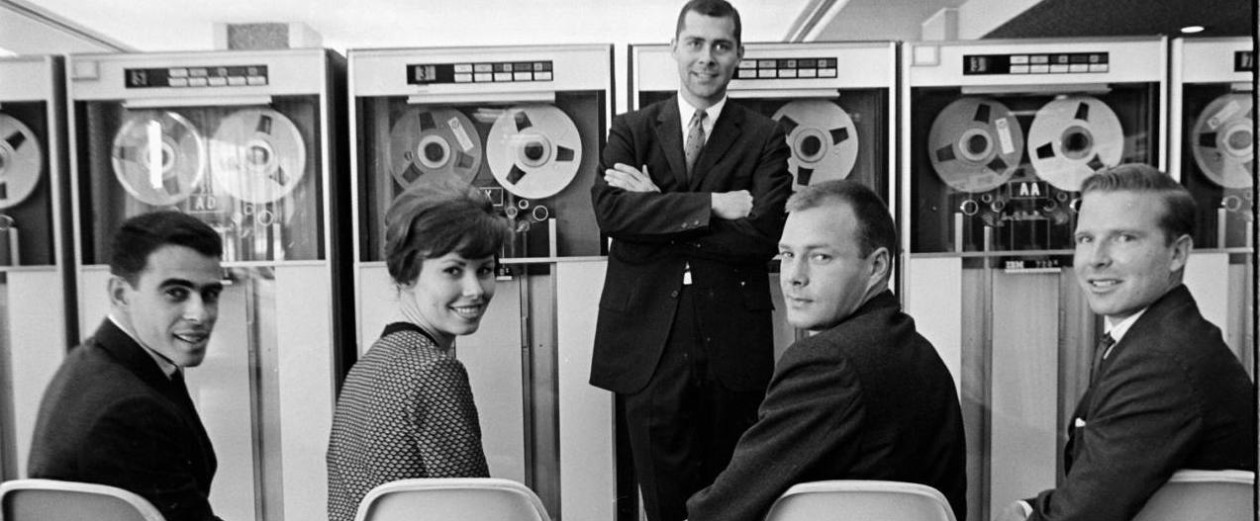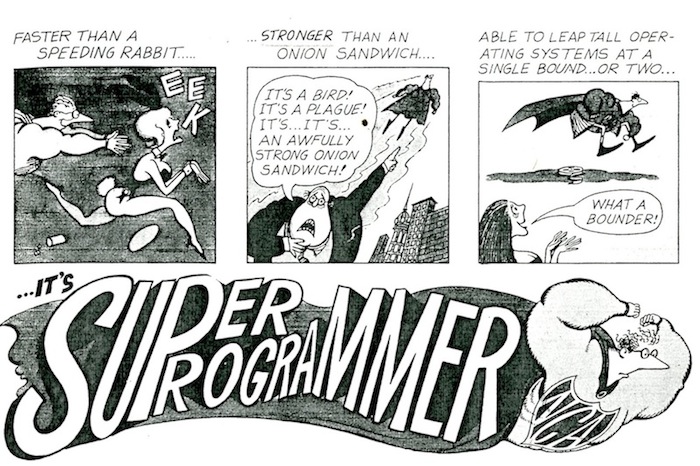In The Mythical Man-Month, his classic post-mortem account of the software development fiasco that was the IBM System/360 operating system, Frederick Brooks lamented the lack of “conceptual unity” in most software architecture. The very best software architecture, Brooks argued, was the work not of a team but an individual, the reflection of the vision of a single master designer . Like the great medieval cathedral at Reims, software should designed for coherence, unity, and beauty. Like Steve Jobs would famously declare decades later, in computing as in all of life, Brooks believed that “Great designs come from great designers.”
At the core of The Mythical Man-Month was the idea of the “chief programming team,” in which a single master software architect would direct the work of a support staff of programmers, code librarians, and other technical staff. Like a surgeon in an operating theater, the chief programmer was master of his domain, responsible for overseeing the entire process from start to finish. Brooks used several names for the chief programmer: the one that was most often borrowed by actual software developers was “the super-programmer.”
In the above ad for National Computer Analysts, Inc., of Princeton, NJ, the idea of the super-programmer is taken much more literally.
“A book, then, or a computer, or a program comes into existence first as an ideal construct, built outside time and space, but complete in the mind of the author. It is realized in time and space, by pen, ink, and paper, or by wire, silicon, and ferrite. The creation is complete when someone reads the book, uses the computer, or runs the program, thereby interacting with the mind of the maker.”1 Frederick Brooks, The Mythical Man-Month: Essays on Software Engineering (Addison-Wesley, 1975)
- 1Frederick Brooks, The Mythical Man-Month: Essays on Software Engineering (Addison-Wesley, 1975)


 Follow
Follow